Unbelievably, triathlon is a versatile and accessible sport that covers a wide range of ages or fitness levels. There are many different distances a triathlete can choose from, ranging from 100 to 3800 meters for swimming, 3 to 180 kilometers for cycling, and 1 to 42 kilometers for running. Therefore, whether you are new to fitness or not, there is an event you may train for and possibly even win on race day.
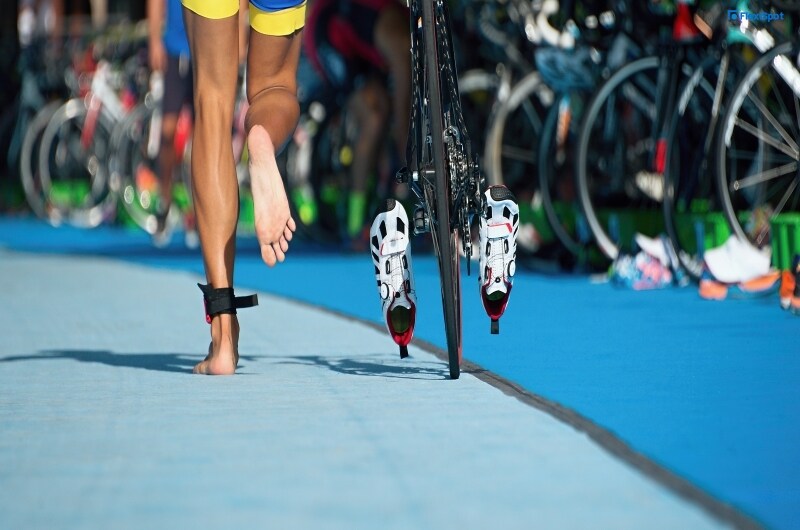
How to Pick the Best Event for You
When deciding whether to participate in a triathlon, there are numerous options accessible. Selecting the ideal event to take part in is your first step. For instance, if you can't ride a bike, you can participate in an aquathlon, which combines swimming and running. If you can't swim, you could choose to participate in a duathlon, which combines cycling and running.
The next step after selecting the type of event is to consider the first distance that you feel comfortable with. If you're just registering for your very first triathlon, choose an entry-level event because they have the right labeling for beginner to professional triathletes. Once you've acquired the feel of it, you might move to increasingly difficult stages. You must continue to work out if you want to get better at or have more stamina for a triathlon—having good stamina is one of the most important things in a big race like this.
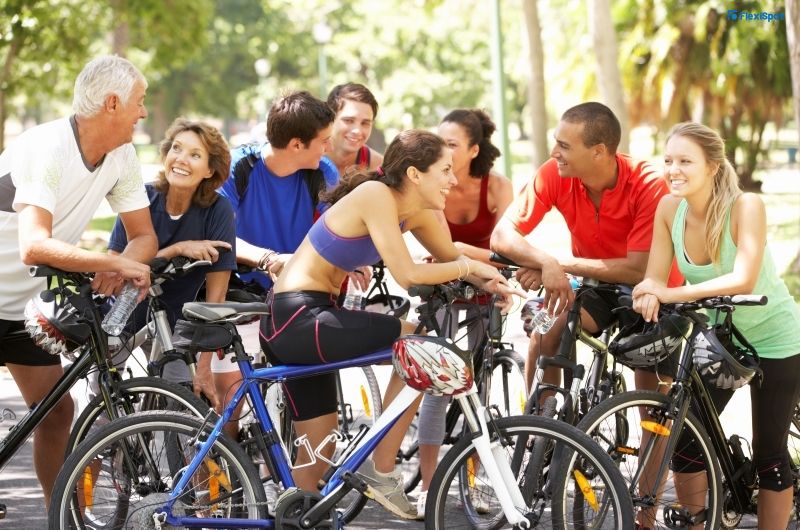
Where to Find Expert Advice
Being motivated from the beginning to the last event of a race is one of the hurdles you'll face. Additionally, the exercise would require a lot of discipline and willpower. Triathlon is something you may join up for and train for with a friend. You can hunt for and join an existing triathlon club if your buddies aren't enthusiastic. These clubs are widespread and provide their members with important support. You have the option of training alone with your coach or mentor or in a group with other triathletes. Additionally, they provide seminars where you can get advice from the best triathletes in the world. You won't look back on your first decision to join a club because its instructors could create a personalized training schedule for you. They will also encourage you to stay on track and focus on completing your first triathlon rather than getting distracted.
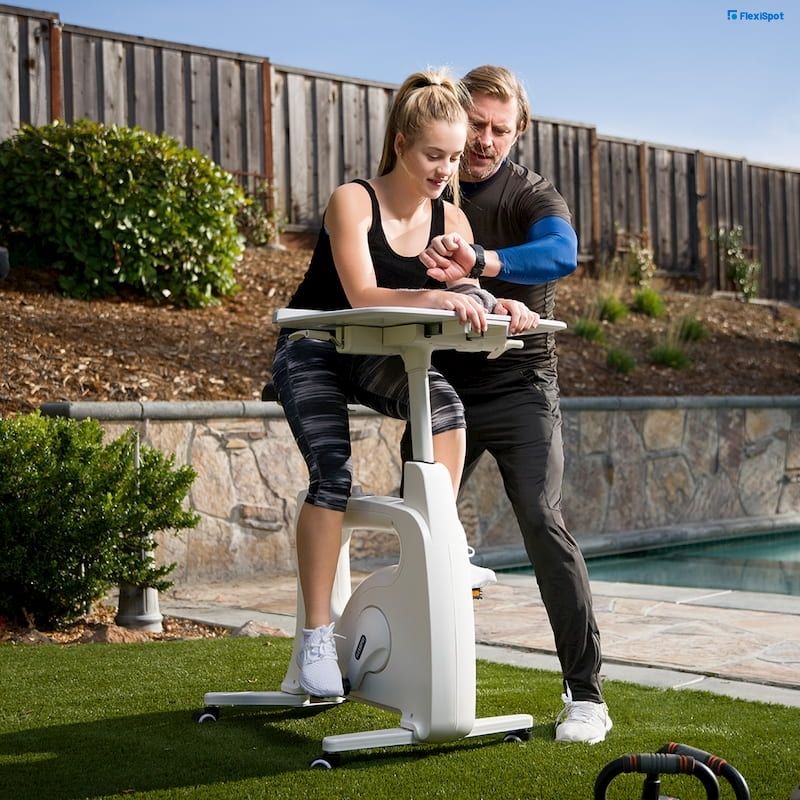
Everything You Need for Training
Bike
Flat Kitbag (These are the essentials you need when you get a flat tire. This bag includes a tube, tire levers, and a mini-pump)
Bike rack for your bike storage
Digital sports watch
Sports sunglasses
Googles
Helmet
Running shoes
Treadmill (Optional but a great addition to your training gear so that you can run even while at home. There are under-desk types that you can use under your desk while you’re busy completing your work tasks)
Desk bike (Optional but can help in training your legs and knees even while working)
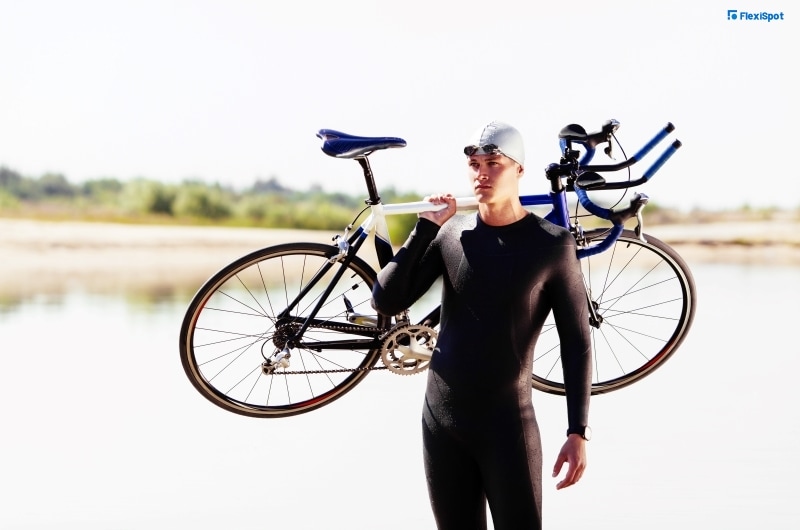
Training advice for triathlon training
Choosing what to concentrate on the most is challenging while you are still getting to know your body. Along the road, beginner triathletes learn that they have a part of their body that is weaker compared to the rest of their body. Only once they've figured this out do they realize what they need to train on more, and only then. However, keep in mind that it is crucial that you exercise alternatively for each of the three events. You still need to train for your strong event even if you will more likely allot extra training time for your weak event---be swimming, biking, or running. Alternating your exercise provides variation and makes sticking to your fitness schedule more enjoyable.
You can speak to somebody while bicycling or running, which is a sign that you are performing the activity properly. If you find it difficult to maintain a conversation or determine your pace, you should slow down.
Each event would require a different kind of training.
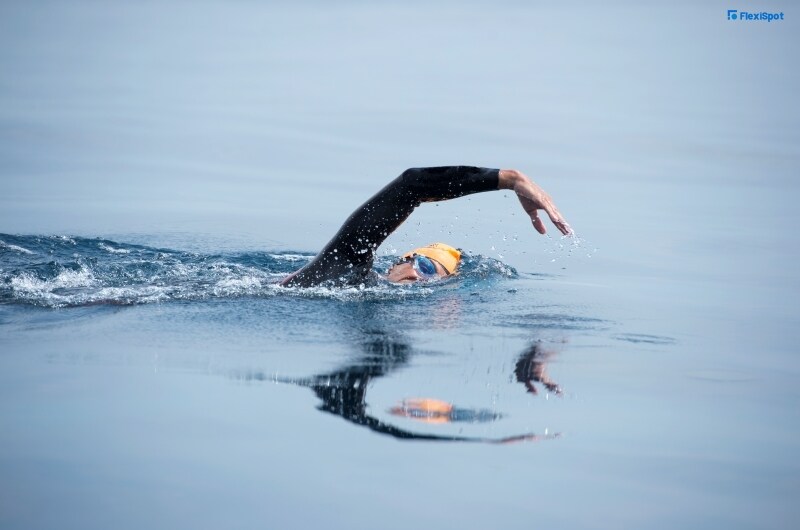
Swim
Most new triathletes are hesitant to compete in the swimming event. In order to receive the right instruction, you must proceed gently. When beginning, swimming simply one lap is OK before taking a break and swimming one lap again. When you first begin your training, keep in mind that you don't need to swim a long distance; instead, you can gradually increase your distance on subsequent training days. Make certain that you will be able to train in this setting before your race if you plan to participate in an open swim event. Don't venture out on your own on the ocean. Participate in group outdoor sessions with fellow triathletes or swimmers. You can sign up for an event where you'll be swimming many laps in a pool if you don't want to undertake open water swimming. Also, keep in mind that flippers and fins are not permitted during the race, so get rid of them at some time during your preparation.
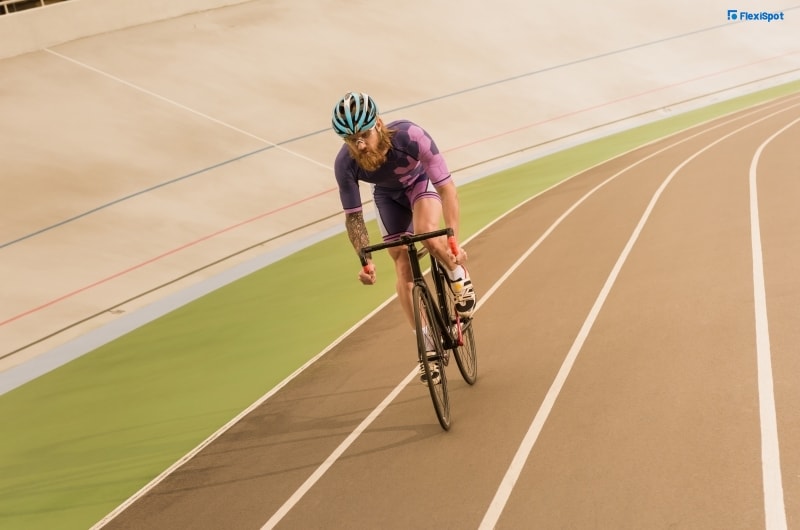
Bike
You may not know what kind of bike training you need for a triathlon when you first start out. It involves a combination of high-intensity training to increase your strength on the wheels and low-intensity training to increase your endurance for lengthy cycling journeys. You must decide what speed you can ride at comfortably and consistently for the full cycling competition. When shifting through the gears, the pace must remain constant, as must the reasonable amount of pedal pressure. Far too much pressure downwards can wear out your legs, and pedaling too quickly with minimal resistance will slow you down and use up a lot of your energy.
You may hone your braking and cornering techniques on a stationary bike before taking to the open road.
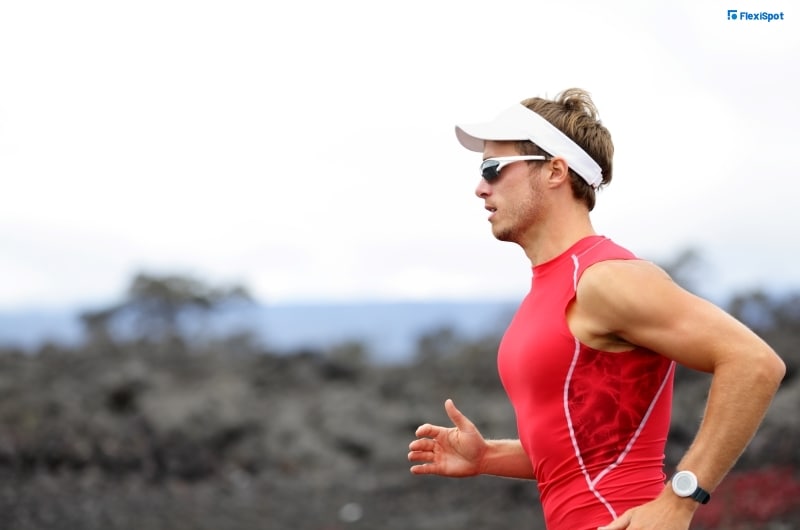
Run
As you begin your running workout, go slowly. You can run for 60 seconds, then stroll for 60. Once you've gotten the knack for it, you may gradually reduce the amount of time you spend walking by running. Try interval training, where you rest, sprint for a short period of time, and then rest again, to develop your endurance for longer distances. One piece of advice is to train in the shoes you plan to wear on race day.